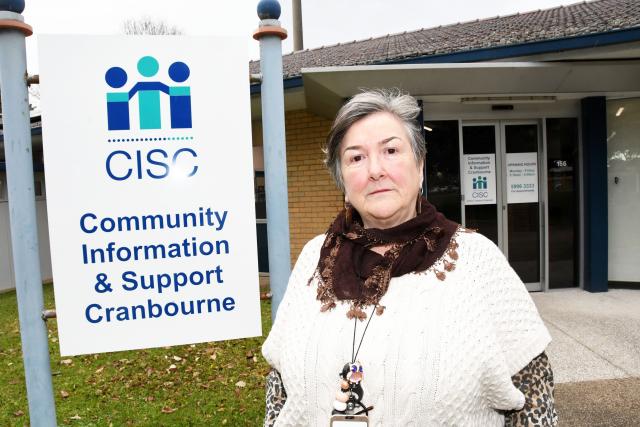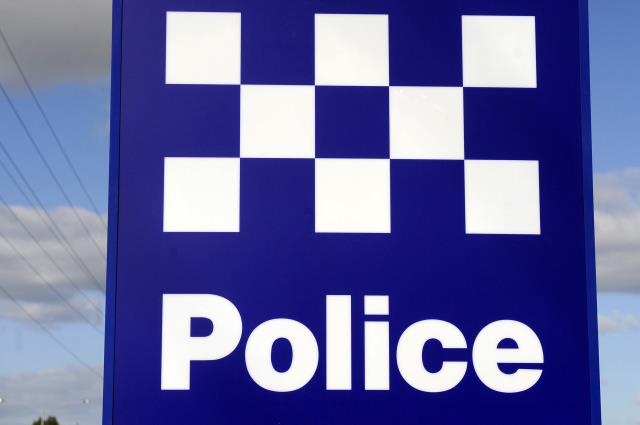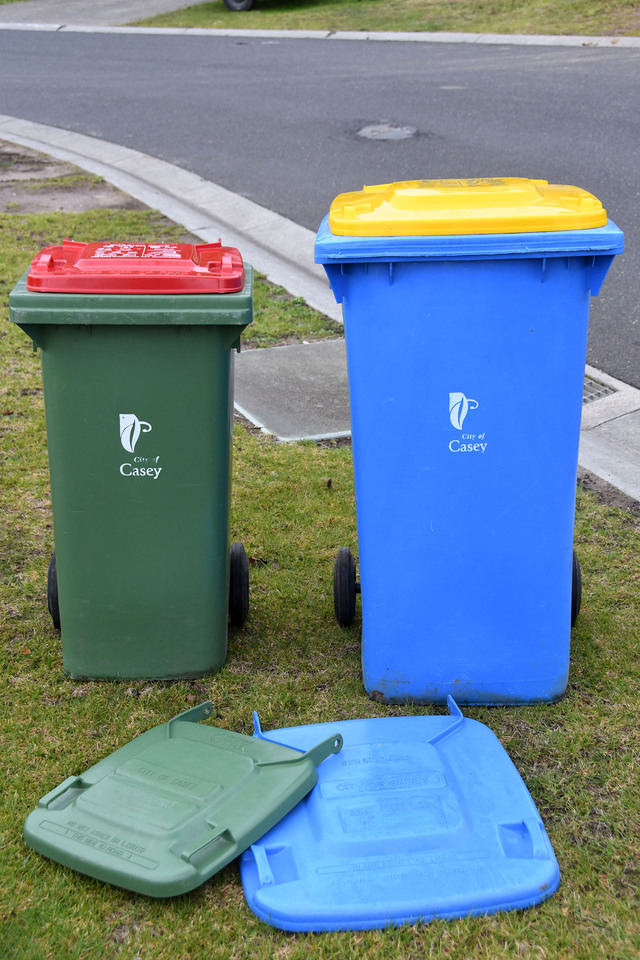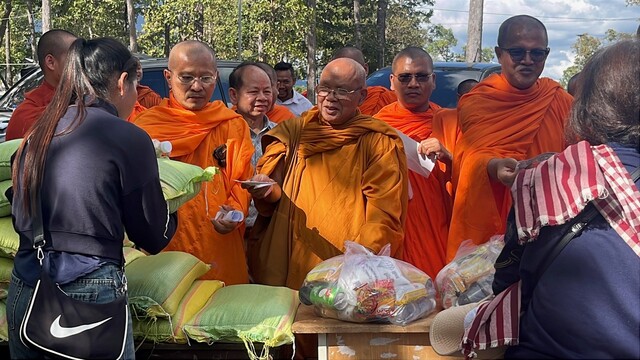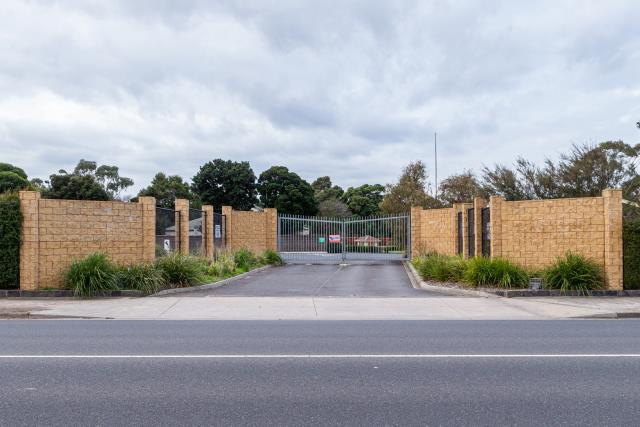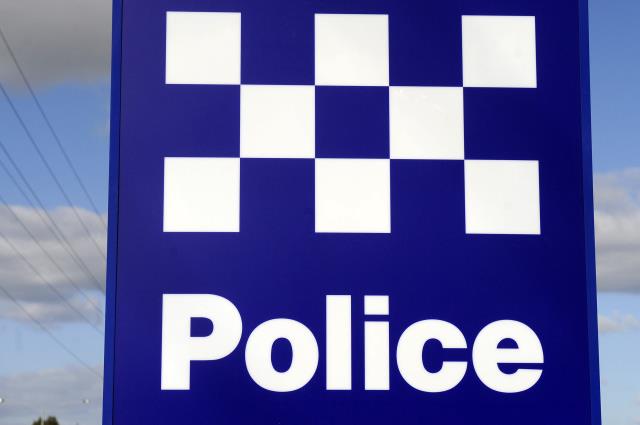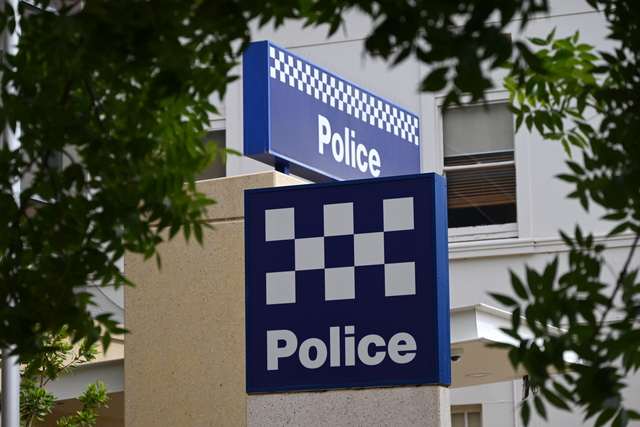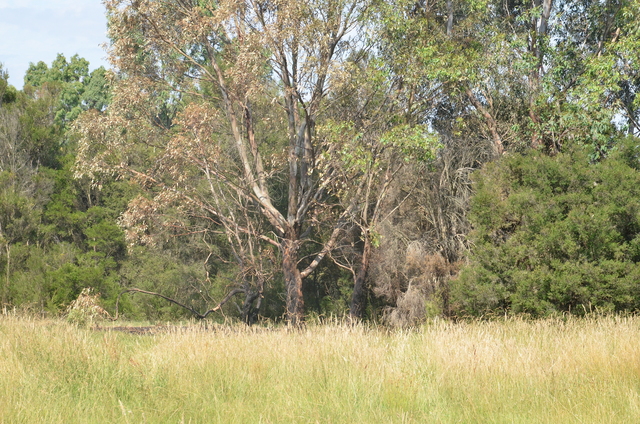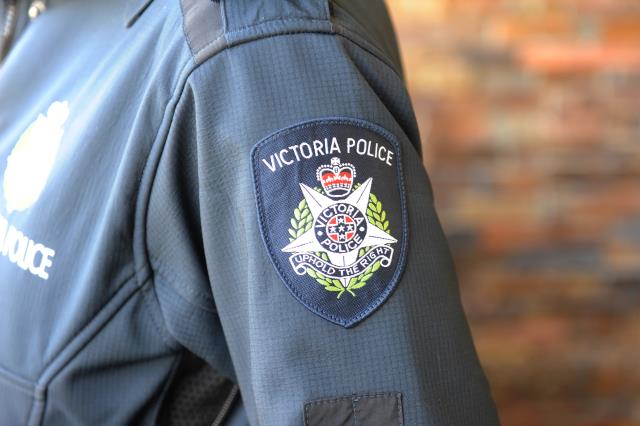Greater Dandenong and Casey are among the hottest areas of Melbourne – and not in a good way, particularly for their most vulnerable residents.
Out of 27 government areas, Casey ranked second highest and Greater Dandenong sixth for the urban heat island effect, according to Victorian Council of Social Services research.
Casey’s UHI effect – which means the trapping of heat in urban environments – was on average 3.7 degrees hotter than the leafy, eastern suburbs in Maroondah.
The VCOSS paper found the six most socio-economically disadvantaged government areas in Melbourne were among the eight hottest.
Greater Dandenong – the most disadvantaged – had an urban heat effect about 2.2 degrees hotter than Maroondah.
Socio-economically, Casey is also ranked below average.
South East Community Links chief executive Peter McNamara said extreme heat added “another layer of stress – from financial hardship to health concerns” upon people struggling to put food on the table amd pay the rent.
He noted 79 per cent of SECL clients were struggling to pay their energy bills.
“We see heat having a profound impact on mental health, family dynamics and daily life.
“We find that many community members take their families to places with shade and air-conditioning like the Dandenong Plaza. But simply getting transport can be an issue in the soaring heat.”
SECL’s financial counselling service was available to help residents navigate rising energy bills, Mr McNamara said.
“Emergency relief services are more important than ever during extreme temperatures. These need to be properly funded so that people can make ends meet.”
Community Information and Support Cranbourne executive officer Leanne Petrides says clients struggling to meet basic needs were also the least likely to afford energy-efficient cooling.
“If they do have air conditioning, many will choose not to use it, in order to avoid high electricity bills.
“This is something we hear most from our older clients, who are also more vulnerable to the impact of extremely hot weather conditions.”
Renters, residents in older properties and a rising homeless cohort were also at risk, Ms Petrides said.
“(People who are homeless) are highly vulnerable to heat-related health issues whether they are sleeping outside, or in their cars, or in poorly renovated rooming houses with tiny rooms and little ventilation.
“Access to drinking water, as well as shower and toilet facilities are severely curtailed, and add to the risk.”
VCOSS chief executive Juanita Pope said poorer people were “feeling the heat more” due to being in hotter suburbs and cheaper housing.
“Extreme heat is a threat to everybody, but especially those already living with a health condition or on a low-income.
“Living on a low-income or with a health condition severely limits your ability to prepare for a heat wave and stay cool.”
More trees, more parks and less concrete were part of the solution, Ms Pope said.
She called for investment in free housing retrofits to cool low-income households.
“We need to recognise people on lower incomes, who live in cheaper housing in hotter areas, need extra support to deal with heat.”
Previous VCOSS research found homeowners were twice more likely than renters to live in insulated dwellings.
The latest research paper speculated why the urban heat island effect was higher in low-income areas.
“The factors that lower the UHI effect might make homes more desirable and therefore less affordable for low-income households; i.e. more parks, more trees, less development, further away from major roads,” it stated.
“Low-income households might also have less time and confidence to participate in local planning decisions and campaign against high density development.”
Greater Dandenong Council held its first heatwave preparedness seminar in September. Its extreme heat sub-plan is set to be reviewed by the Municipal Emergency Management Planning Committee.
Other council initiatives include improving canopy coverage through tree planting, facilitating affordable energy upgrades for residents, and requiring extensive landscaping as part of new developments, a spokesperson said.
The Sustainability Festival on 25 February will focus on urban heat and “empower residents with simple actions they can take to protect themselves”, mayor Lana Formoso said.
Advice on staying safe in a heatwave is available on emergencyprepare.com.au/heatwave


